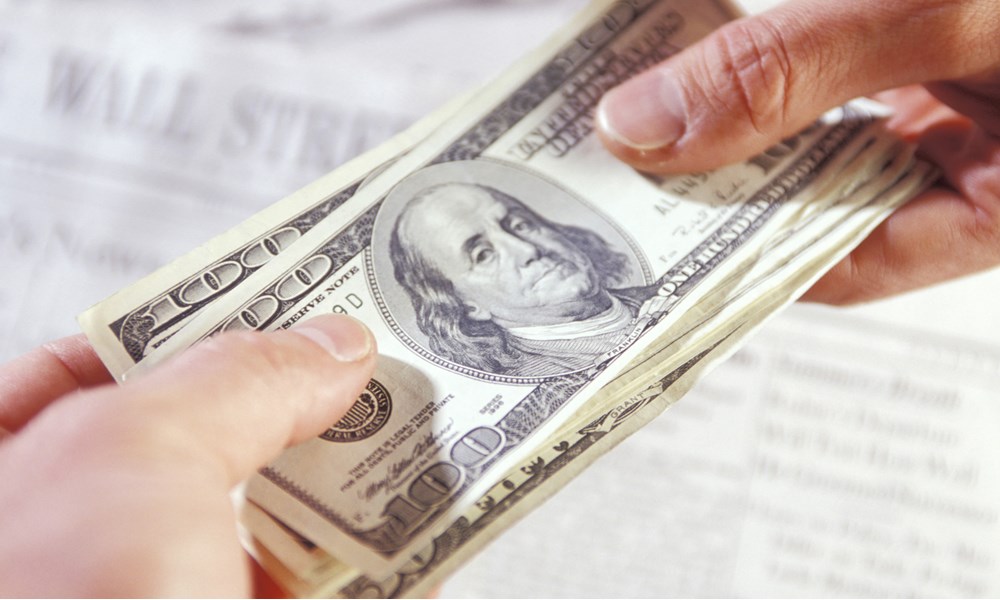
If you're looking to sell your car on the second-hand market or to trade it in with a dealer for a new or newer model, you'll want to know just how much the car is really worth. You could argue your car is worth what somebody is willing to pay for it, and a buyer will establish the price for you, but you still need to establish what sort of price is reasonable to accept. So how do you find the true value of your car? Here are some tips from DAS Demo.
First, you should be aware your car actually has three values:
- The trade-in price. This is what a dealer will pay you for the car and is always the lowest. That's because the dealer needs to sell the car at an additional profit.
- The private party price. This is what you can expect private customers to pay.
- The retail price. This is what a dealer will sell your car for.
The third value is almost irrelevant, because you'll never be able to sell your car for that amount. So establishing the true value is about being clear on the trade-in price and the private party price.
The good news is there are already resources available that can help you establish the value of your car. Kelly Blue Book (KBB) and Edmunds.com both offer online tools which help you to find the value of your car. They'll be able to give you the trade-in price, the private party price and the retail price so you have the full picture, and they only require a limited amount of information. It's also possible to look at other selling resources, such as websites and classified magazines, to see what sort of price comparable vehicles are being sold for. This isn't always very helpful, however, because the big variable in this process is the car's condition, and these sources don't help you judge the value of the cars accurately.
KBB’s and Edmunds' trackers assume your car is in excellent condition (inside and out), maintenance records are complete, and the car can pass all inspections. This is the starting point, from which you must objectively and accurately assess your vehicle. Unless it conforms to this description in every way, you must be reasonable about how much of the trade-in or private party prices you can expect to achieve. You should aim to rate your car between 5 stars to 1 stars, in terms of condition, to establish what percentage of the value you could reasonably expect to receive. A 4-star vehicle is in good condition, consistent with its age, and only has minor wear and tear. As you move down the scale, the condition worsens, and the amount of money a buyer could expect to pay to correct any problems increases.
If you assume a 5-star vehicle is worth 100 percent of the trade-in price, then a 4-star model may be worth around 95 percent, a 3-star 80 percent, a 2-star 66 percent and a 1-star vehicle much less. This differs according to the make and model. Some cars hold their value better, while other less-than-perfect models drop in price far more quickly. Demand for and availability of the vehicle will also have an impact on the value. When you input your car's details to one of the online price guides, you will be asked to assess the condition as part of the input. The car's mileage and your location will also be taken into account, too. The value of your car differs according to which part of the country you live in.
As you can see, establishing the true value of your car is easily done with online tools. The tricky part starts when you start to consider how much YOU are prepared to sell the car for. The true value is almost irrelevant when it comes to the amount of money you want to derive and/or what the minimum price needs to be in order for you to successfully trade-in. Most sellers recommend when advertising or negotiating a price, you always start with an additional 10% over the value to give yourself some “wiggle room.”

